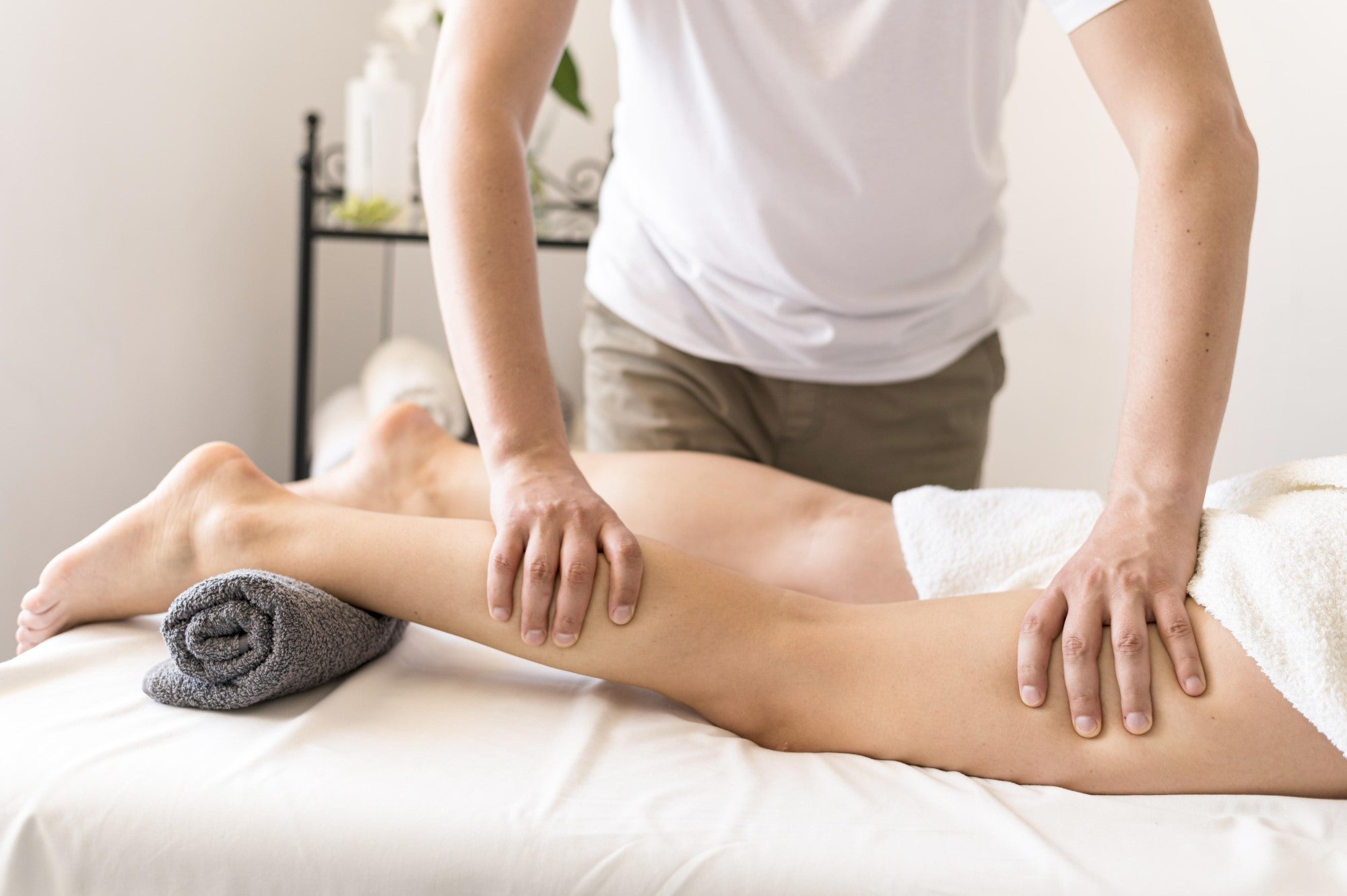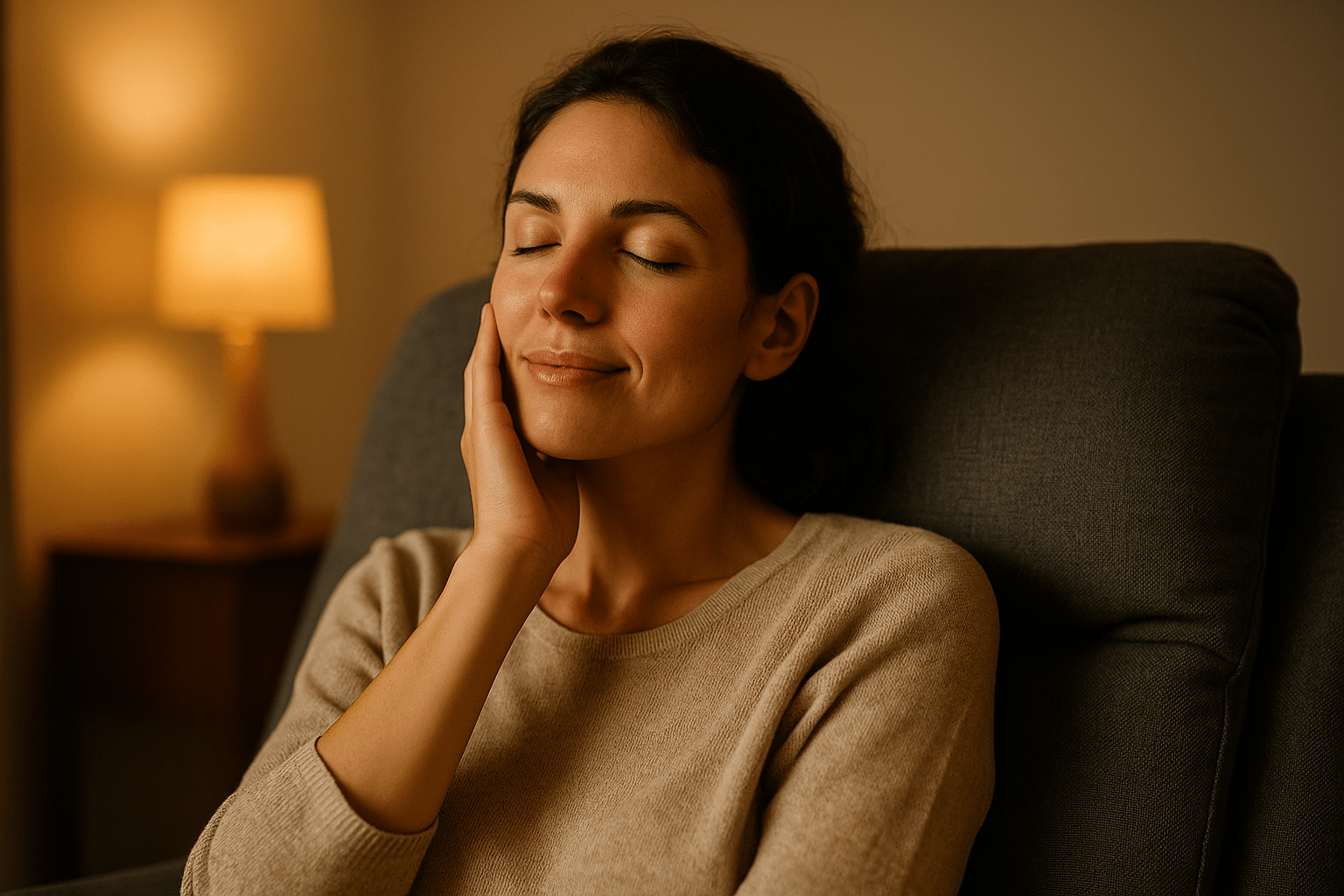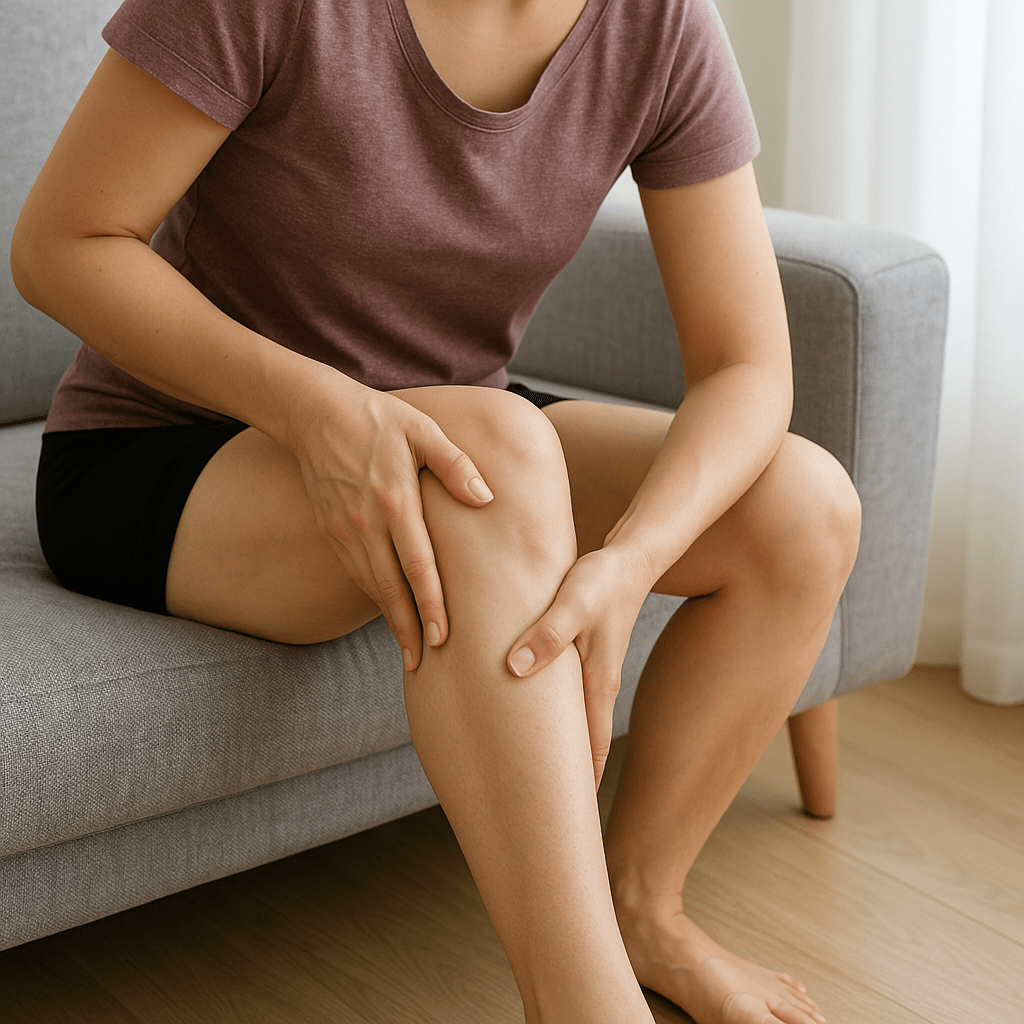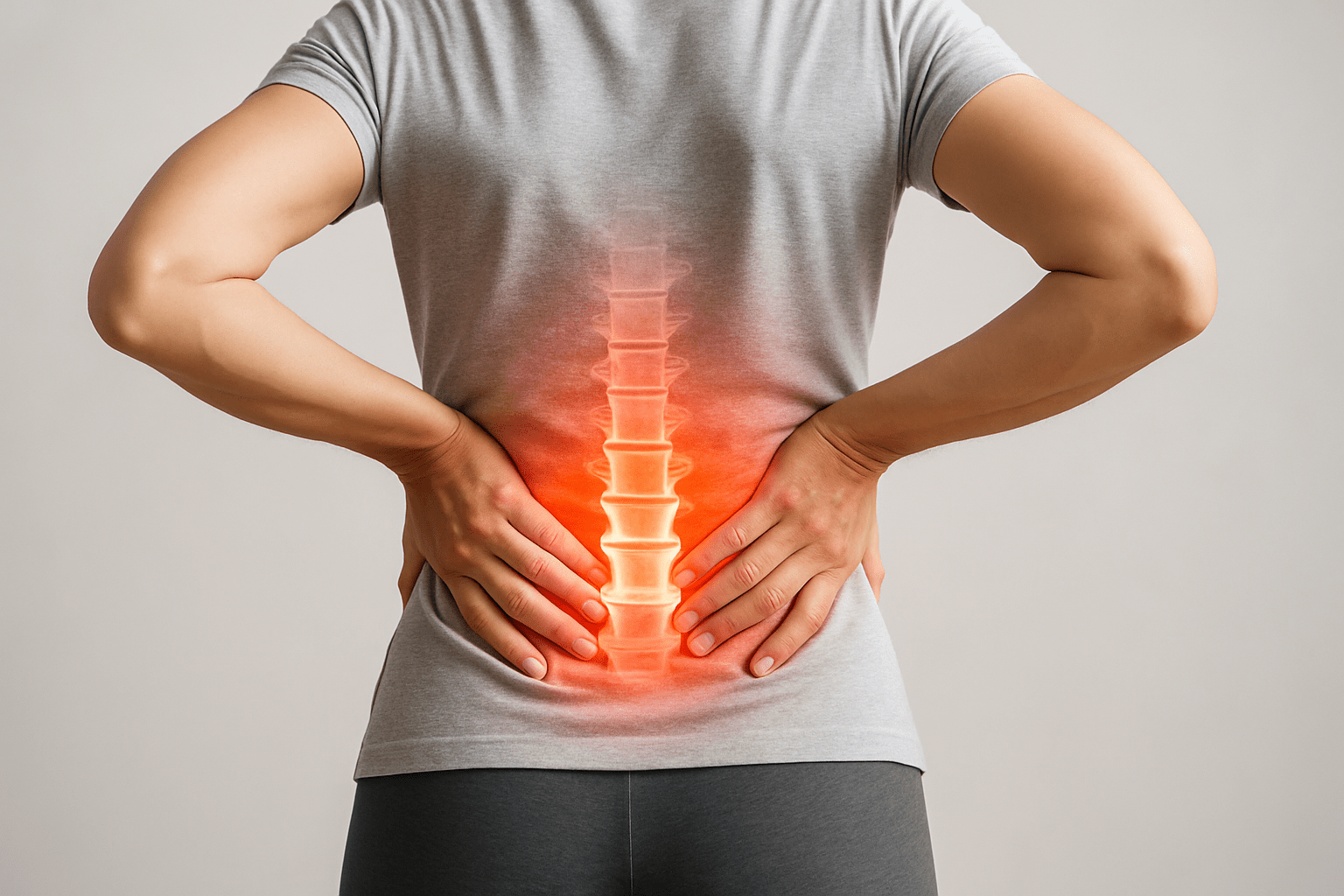Massages and sports - before or after?
Image by Alora Griffiths. The World Cup final is a tense affair, with a draw leading to extra time and then, after a short break, a penalty shootout. Anyone who has taken a closer look at the action on the sidelines will have noticed that many players receive massages from the support team during this important phase. Does that make sense? What is the purpose of massages in professional and amateur sports, and what about the eternal discussion about whether massages should be applied before or rather after the sport? We provide clarity and clear up this controversial topic once and for all, so that you can...



Image by Alora Griffiths.
The tension is high in the World Cup final, with the match going into extra time after a draw and then straight into a penalty shoot-out after a short break. Anyone who has ever taken a closer look at the action on the sidelines will have noticed that many players receive massages from the support team during this important phase. Does that make sense?
What purpose do massages serve in elite and popular sports and what about the eternal debate as to whether massages should be used before or after sport? We provide clarity and clear up this controversial topic once and for all so that you can positively support your performance during sport with targeted massages. The first question that arises is what is the purpose of massages in sport in the first place?
Reading tip: From head to toe: How massages help
The modes of action of massage in sports
In principle, a massage can be applied before, during and after a sports session. In fact, all three variants are permissible and sensible if you consider what goal you are pursuing in the respective phases and which massage techniques are to be used.
The most obvious application for a treatment is to relax the muscles. It counteracts tension and cramps. In the above scenario, this is also one of several reasons for massages on the sidelines. After intensive use of the muscles, there is a risk of cramping, which should be avoided at all costs during the required performance. However, muscle cramps and exhaustion are also directly linked to another component, lactate.
Sports massages against exhaustion of the muscles
The term lactate is often familiar from research into muscle fatigue and training. It is a metabolic product that is produced when the body has to generate energy in the muscle.
On the one hand, this can take place under oxygen supply or in performance-intensive phases by converting sugar into lactic acid. The resulting "waste product" is lactate and is deposited in the muscle. With continuous performance, more lactate is produced than can be broken down and the muscle becomes increasingly fatigued.
This is exactly where a massage can be effective again. Targeted massaging of the affected muscle areas partially supports the removal of lactate, which means that fatigue sets in later or the muscle soreness afterwards is not quite as bad as it would be without treatment.
Massages to increase muscle tension
Another application can be observed particularly well in winter sports. Ski racers often have their thighs tapped by their coach immediately before the start.
There are two main reasons for this. One is to maintain muscle tension during the waiting time before the start. The second reason is the temperature. The tapping additionally promotes blood circulation in the treated area and thus transports more warming blood to the muscles needed for the competition.
Caution: In fast-paced sports, care should be taken not to relax the muscles by massaging them, as this would be counterproductive and could also increase the risk of injury.
The massage after sports
We have now become familiar with scenarios in which a massage can be useful before or even during sport. However, the most common massage, which is particularly relevant for amateur athletes, should be performed after exercise. There are several reasons for this, including the effect on blood circulation.
In this way, more nutrients and oxygen reach the stressed muscle. The regeneration time can therefore be significantly reduced and the muscle is ready for the next training session more quickly. The removal of lactate and the loosening effect of a sports massage also help you to be ready for action again sooner.
In addition to muscle regeneration, there are also therapeutic applications for massage in sports. For example, it can support healing processes of injuries. Here, however, the advice of a medical professional is essential, as massage is not useful in all cases. Injured muscles should be treated with extreme caution and should not be subjected to additional strain.
Breaks between massages - how much is useful?
Regeneration is a good keyword, because massages should not be used carelessly, especially in sport. Basically, the frequency with which you should undergo a massage depends on how tense or strained your body or muscles are in general. A good rule of thumb is an interval of around 1-2 weeks with little strain.
For professional athletes and those who train regularly and intensively, two to three massages per week can also be beneficial. The important thing here is to listen to your body and never massage over pain. If you want to have massages more often, you can alternate between different areas of the body. Under no circumstances should massages strain the body - recovery is the primary goal.
Pain and massages
Another controversial topic is pain during massages. On the one hand, whether a treatment should or even must be painful, and on the other hand, what about massages over painful areas and injuries. The latter should definitely be discussed with a doctor. As mentioned above, there are certainly therapeutic massages, but these should be done exclusively under medical advice and guidance.
As far as the massage itself is concerned, you often hear that it "has to hurt", otherwise it won't work. The primary purpose of a massage is relaxation, and it is obvious that pain has little place here. Treatments are usually painful because the tension in the affected areas is so strong that considerable pressure seems to be required to release it. However, it makes more sense to simply increase the duration of the treatment with less intensity.
More frequent treatments help to ensure that the hardening and tension is no longer so severe and can be gently massaged away. The motto here is: more patience than strength.
Sports massages - the useful supplement for a fit body
It is no coincidence that massages have always been used in sports. Not only the pleasant feeling, but also the supporting effect during regeneration and healing have a positive effect on the performance of your muscles. If you do sports regularly or even professionally, sports massages should definitely find their way into your daily routine in order to get the most out of your training and yourself in the long run.
Frequently asked questions about massages in sport
What is the purpose of massages in sport?
Massages support athletes by relaxing muscles, promoting blood circulation and helping with regeneration. They can be used before, during and after sport, depending on the aim of the treatment.
Should you have a massage before or after sport?
Both can be useful: before sport, massages are primarily used to activate and stimulate blood circulation, after sport the focus is on recovery, lactate reduction and regeneration.
What effect do massages have during a match or competition?
They help to relieve muscle cramps, promote blood circulation and maintain performance, especially during intense exertion, such as during extra time in a soccer match.
What does lactate have to do with massages?
Lactate is a metabolic product that is produced during intensive muscle work and contributes to fatigue. Massages promote blood circulation and can help to break down lactate more quickly. This keeps the muscle working for longer.
Why are skiers massaged or patted down before the start?
To maintain muscle tension and warm up the muscles. This is important to be able to start explosively and prevent injuries.
How often should sports massages be used?
For recreational athletes, an interval of 1-2 weeks is often sufficient. For more intensive training or in professional sport, two to three massages per week can be useful. It is important to listen to your own body.
Are painful massages more effective?
Not necessarily. A massage should primarily have a relaxing effect. Severe pain tends to indicate too much pressure or too much intensity. It is better to work regularly with gentler massages to relieve tension in the long term.
Can you massage injured muscles?
Only after consultation with a doctor. Therapeutic massages for injuries must be carried out carefully and in a targeted manner. Incorrect applications can delay or worsen the healing process.

Co-founder and Managing Director of Massage Chair World. With his expert knowledge and industry expertise, he helps private individuals and companies to find the right massage chairs for relaxation, health and vitality. The individual expert advice is provided both by telephone or video chat, as well as in the exhibition outside Stuttgart.




